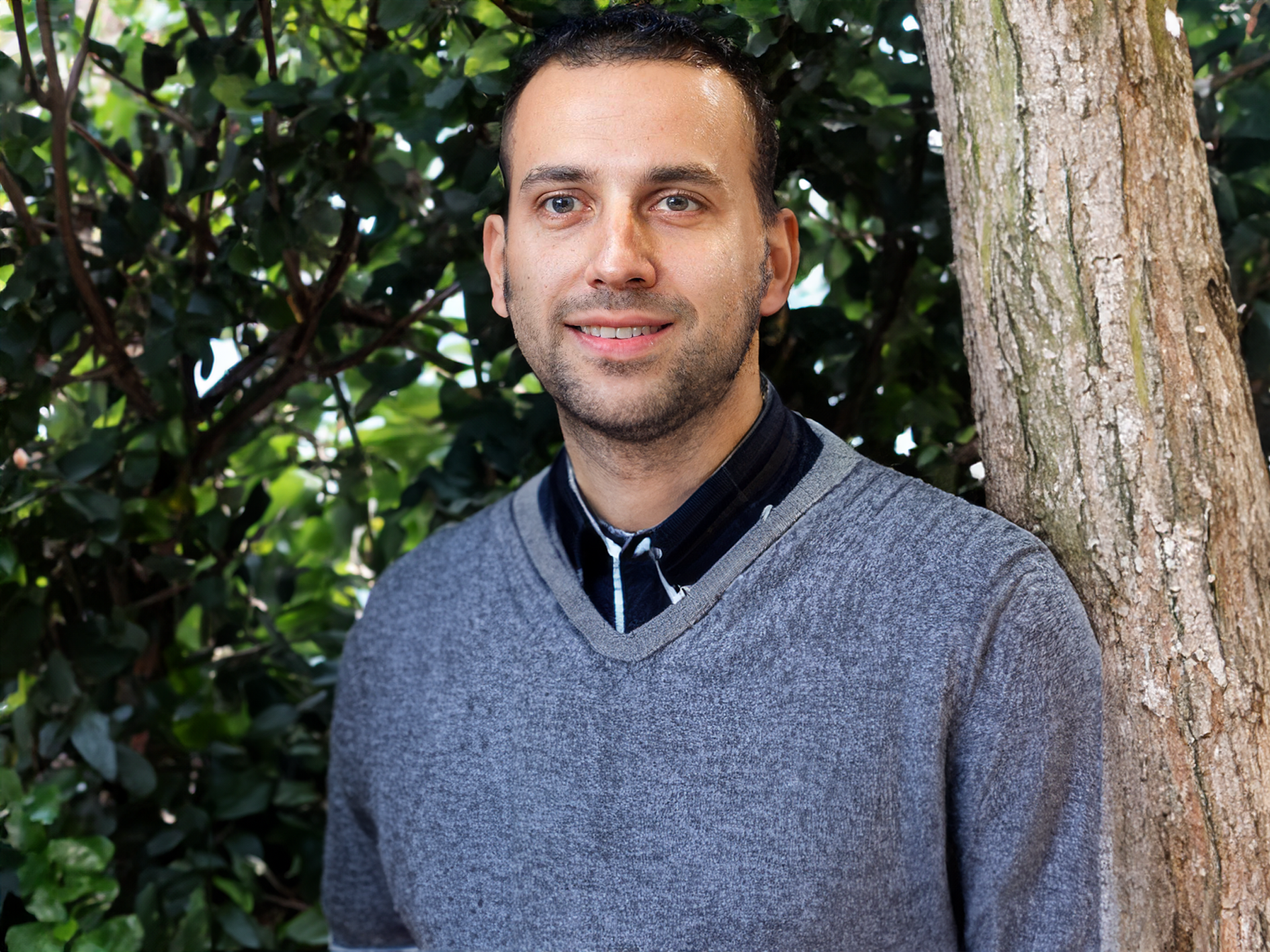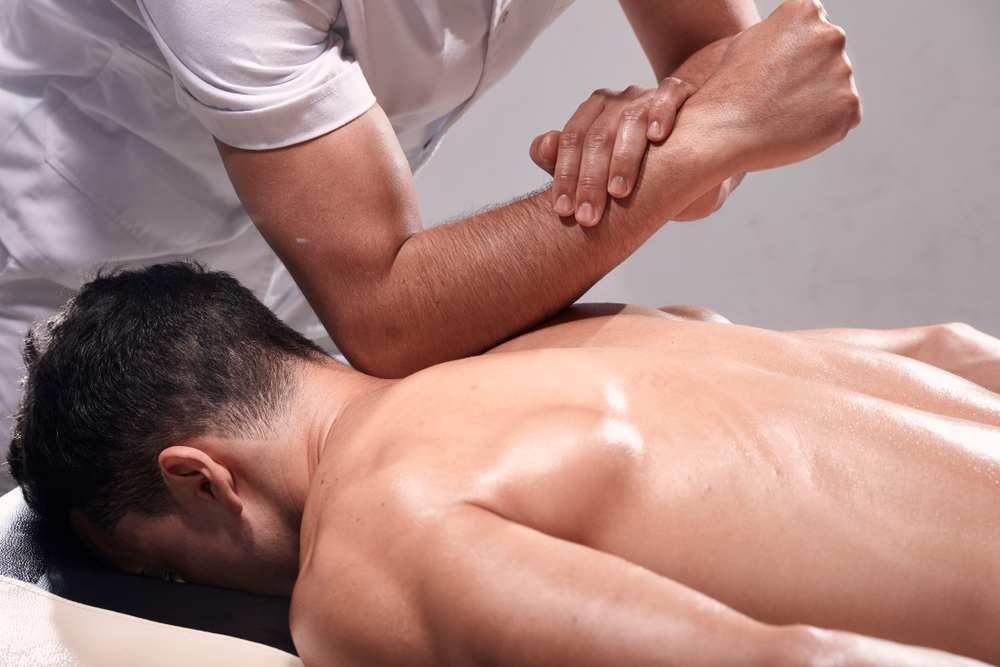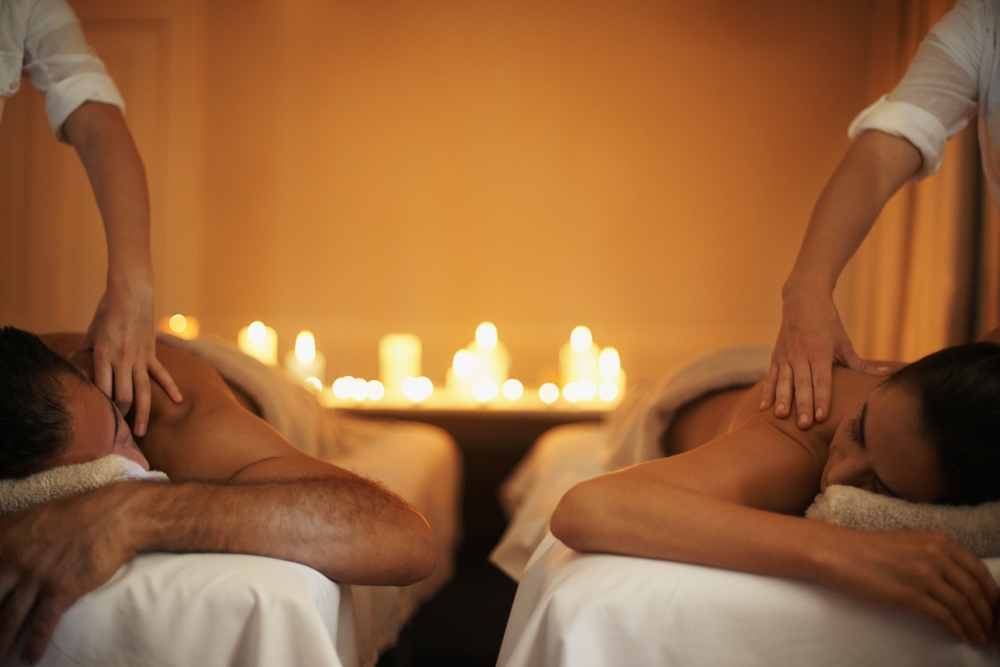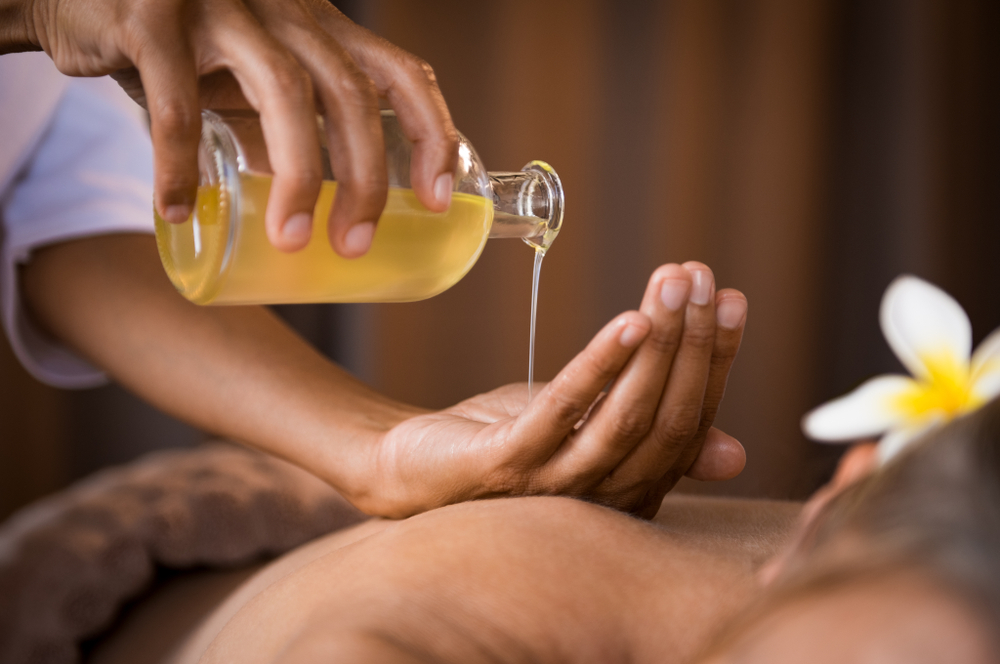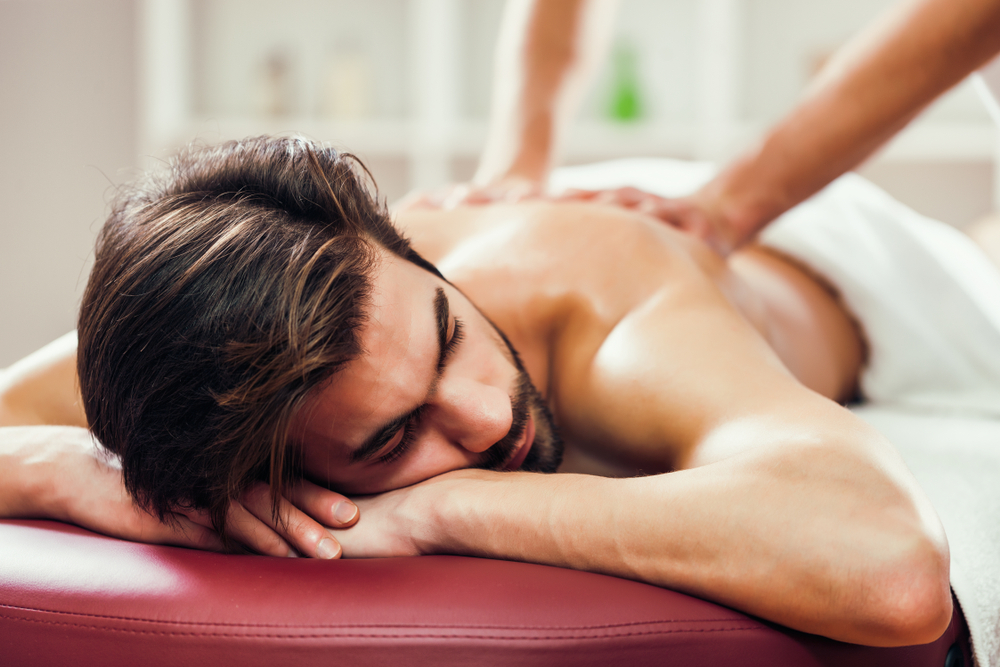
What Is Swedish Massage?
One of the most popular kinds of massages is the Swedish one. It is done to revitalize the body and enhance general well-being.
This kind of massage includes rolling, tapping, vibrating, kneading, and percussion. To keep the skin from rubbing against one another, apply moisturizer or massage oil.
Table of Contents
The Health Benefits of Swedish Massage
Swedish massages offer a serene way to relax and rejuvenate. They involve skillful manipulation of muscles and joints to ease stress and alleviate pain. This is achieved by loosening tight muscles and enhancing blood flow.
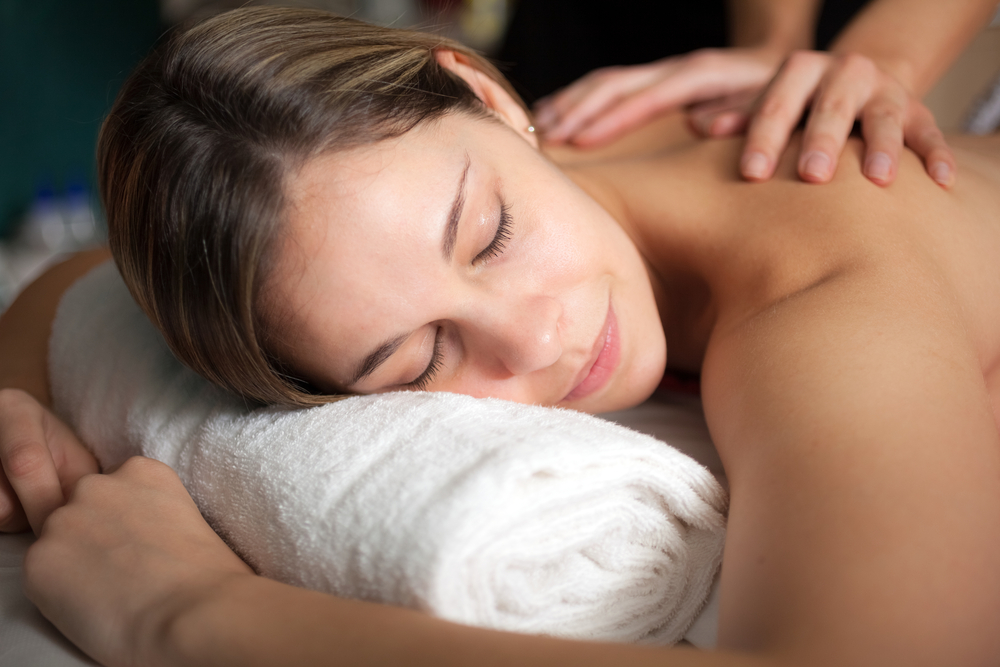
Swedish Massage is good for your heart. The therapist uses strokes going towards the heart, working on muscles and blood vessels to help blood flow better.
Also, Swedish massage can help reduce symptoms of depression, stress, and anxiety. It’s effective in managing back pain, headaches, muscle pain, and chronic pain.
This type of massage may also boost the immune system, helping fight conditions like colds, asthma, diabetes, and breast cancer.
Beyond these health benefits, a Swedish massage also offers additional advantages:
- Nerve Stimulation: The pressure and movement in a Swedish massage stimulate nerves in various body parts. This can help manage pain and discomfort.
- Mood Improvement: Massages boost happy hormones (dopamine, serotonin, oxytocin) and lower stress hormone (cortisol), leading to increased happiness.
- Relief from Muscle Tension: Often known as adhesions, knots can cause significant discomfort. Swedish massage gently warms the muscles, breaking down these tight spots and easing the tension in knots. For more severe cases of muscle adhesion, other intense massage types might be recommended.
- Lymphatic Drainage: Lymphatic drainage is a natural process facilitated by muscle movement. If you’re inactive, lymphatic fluid can accumulate, leading to toxin buildup. Swedish massage can assist in alleviating this issue.
- Enhanced Flexibility: Massages help chill out your muscles and joints, making it easier to move around and stretch better.
Swedish massage isn’t just about chilling out; it’s a therapeutic method to boost both your physical and mental well-being.
Swedish Massage Techniques
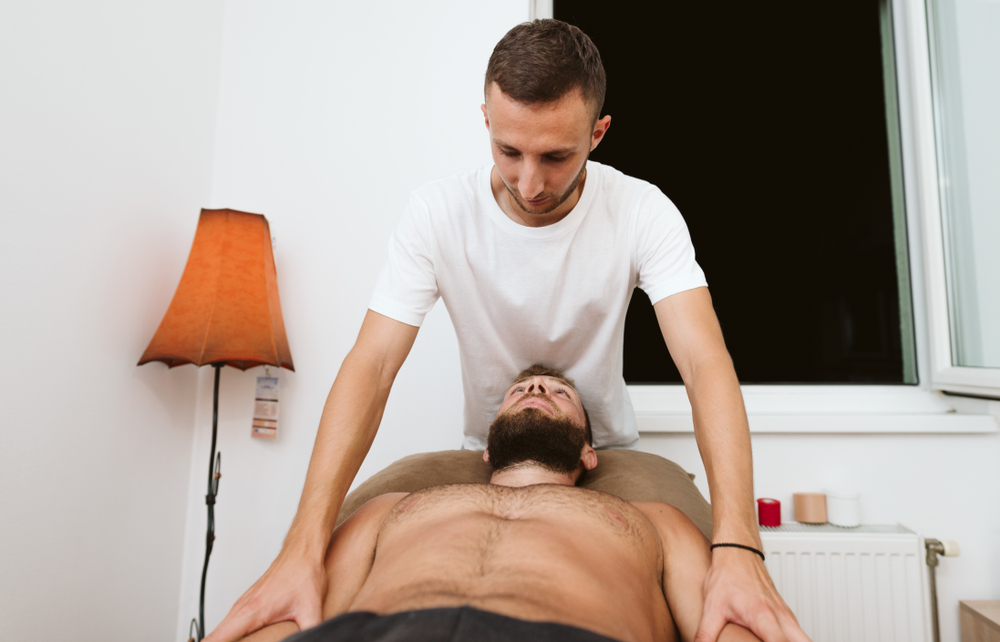
A Swedish massage is a full-body treatment that uses a variety of methods to promote healing and relaxation.
1. Effleurage
This is often the start and finish of massages, using smooth, gentle strokes, sometimes in circles. The therapist changes the pressure to relax tight spots. Effleurage comes in three pressures: light, moderate, and firm, picked based on what feels right for the person.
2. Petrissage
This technique kneads muscles deeply with rhythmic hand movements. It stretches muscles, boosts blood flow, and aids in healing muscle injuries.
3. Tapotement
This is a tapping method with actions like hammering and slapping. It improves blood flow and releases endorphins, relaxing tight muscles and aiding lymphatic drainage.
4. Friction
Uses thumbs or fingers to apply circular or back-and-forth pressure. It aims to warm up, soften, and realign muscle fibers, especially around joints.
5. Vibration
A shaking motion to relax and loosen the body, using palms or fingers depending on the area. It’s soothing for areas with lots of nerves, scars, or knots.
Each of these techniques adds to the all-around benefits of Swedish massage, making it a versatile and truly beneficial therapy.
Recommended: What Is Aromatherapy Massage?
Should You Get a Swedish Massage?
Swedish massage is a great way to help your body and mind feel better. It’s not only for people who have health issues; it’s also perfect for those who are generally healthy but maybe feel stressed or have muscle pain. This type of massage can really help you relax and get rid of aches.
Swedish massage employs soft, soothing strokes to ease discomfort and reduce tension. It’s ideal for anyone facing everyday stress, or muscle tightness, or those in search of a quiet, peaceful break. This massage method not only rejuvenates your body but also calms your mind, offering a deep sense of relaxation. After a session, you’ll likely find yourself feeling renewed, more at ease, and energized, equipped to handle whatever comes next with a positive outlook.
What to Expect in a Swedish Massage?
A Swedish massage offers a relaxing experience. You’ll be in a cozy room with dim lights and soft music to help you feel calm. The therapist might ask about your health and if you have any sore spots or if you prefer certain areas to be massaged more gently.
The therapist will use oil or lotion for smooth strokes on your skin. This type of massage includes soft strokes to warm up your muscles, kneading for deeper work, circular moves to boost blood flow, tapping for muscle energy, and shaking to calm nerves and muscles. These actions help relax your whole body, ease muscle tightness, and improve blood movement.
A Swedish massage usually includes your back, legs, arms, and neck. You can ask the therapist to focus on certain areas. They will adjust how hard they press based on what feels good for you, and you should tell them your likes during the massage. The main aim is to help you relax and feel less stressed.
After your massage, the therapist might suggest ways to keep feeling good, like stretching. Swedish massage is a good choice if you want to relax and feel less tense, and it’s great for first-timers.
Risks of Swedish Massage
Generally, massages, including Swedish massage, are quite safe and carry minimal risks. Still, there have been isolated incidents where massage has led to certain complications. These rare cases have included incidents of nerve damage, blood clots, and even bone fractures.
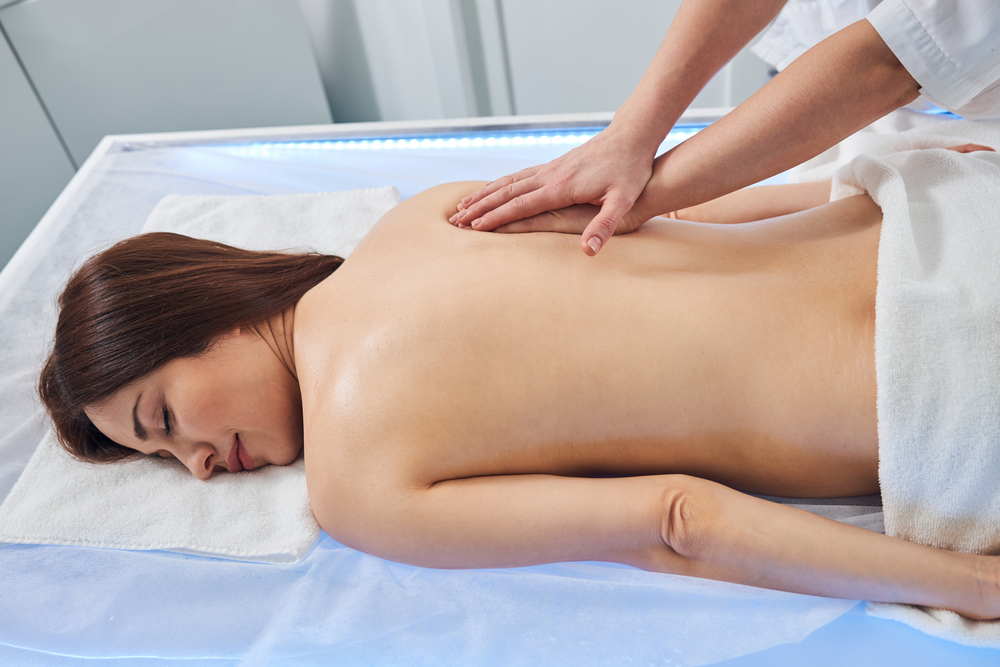
Swedish massage is generally safe with few risks. Nonetheless, rare complications such as nerve damage, blood clots, and bone fractures have occurred. These issues are more commonly associated with intense techniques like deep tissue massage rather than Swedish massage. Older individuals and those prone to injuries may face a higher risk with intense therapies.
If you’re pregnant, it’s a good idea to talk to your doctor before getting a massage. While massages can be safe and help you relax during pregnancy, it’s important to follow certain rules. Your doctor or a skilled massage therapist might suggest lying on your side during the massage to keep you and your baby safe and comfortable.
Ever wondered about getting a massage during pregnancy? The American College of Obstetricians and Gynecologists has some guidelines, including tips on what’s safe to do. Check it out on their website: ACOG.
The Bottom Line
Swedish massage uses soft, calming moves like stroking, kneading, tapping, rubbing, and shaking. It helps you relax, improves blood flow, eases tight muscles, and makes you feel better both in your mind and body.
Although generally safe, consider your health status – such as pregnancy or injuries – before getting this massage. If you’re worried about your health, it’s a good idea to talk to a doctor or healthcare expert first. They can give you advice that fits your needs, making sure the massage is good for you without causing any problems.

